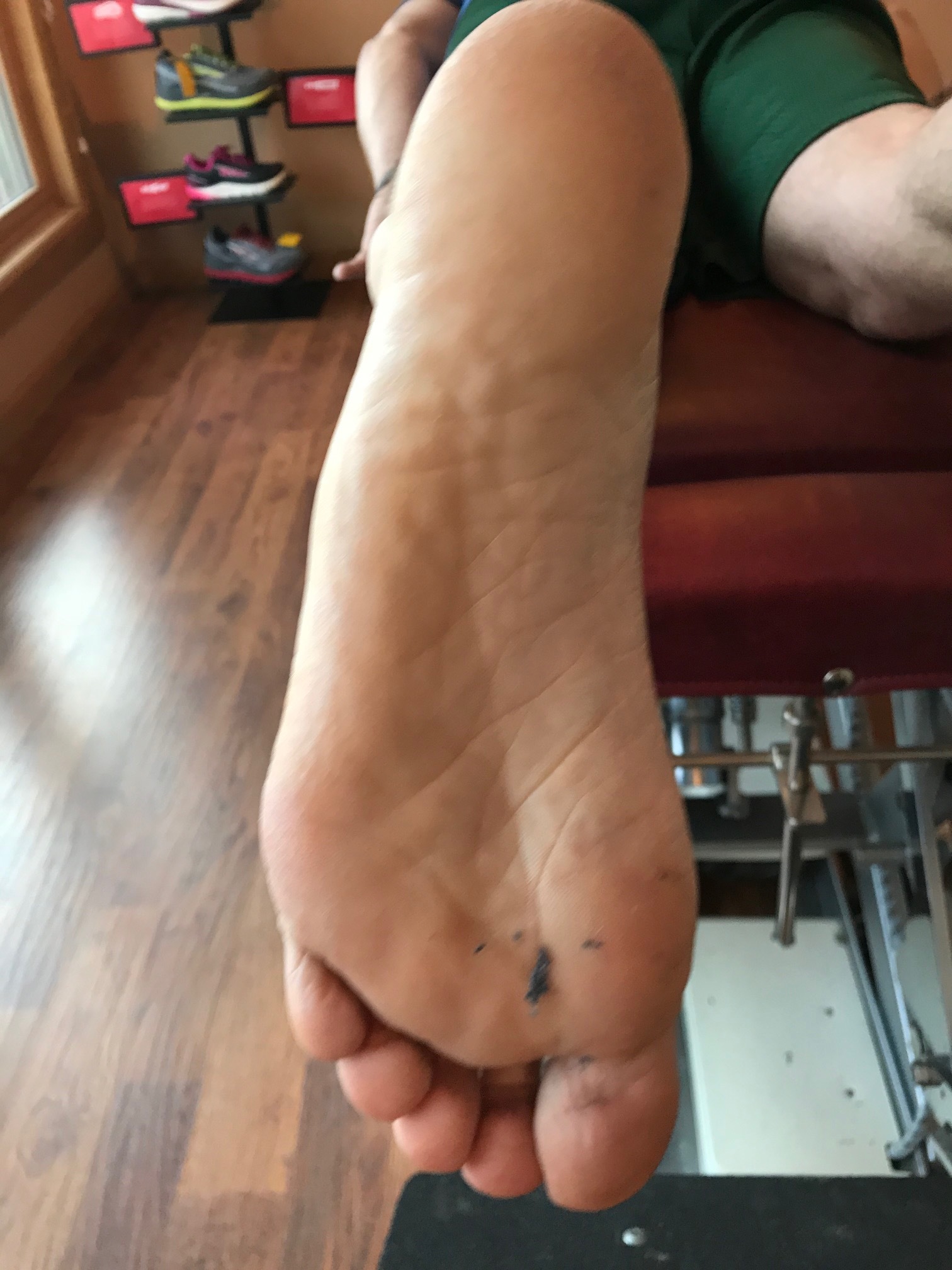Things seem to come in 3's...
/Things tend to occur in threes. This includes congenital abnormalities. Take a look this gentleman who came in to see us with lower back pain.
Highlights with pictures below:
bilateral femoral retrotorsion
bilateral internal tibial torsion
forefoot (metatarsus) adductus
So why LBP? Our theory is the lack of internal rotation of the lower extremities forces that motion to occur somewhere; the next mobile area just north is the lumbar spine, where there is limited rotation available, usually about 5 degrees.
Dr Ivo Waerlop, one of The Gait Guys.
#tibialtorsion #femoraltorsion #femoralretrotorsion #lowbackpain #thegaitguys #gaitproblem
this is his left hip in full internal rotation. note that he does go past zero.
full internal rotation of the right hip; note he does not go past zero
note the internal tibial torsion. a line dropped from the tibial tuberosity should go through the 2nd metatarsal or between the 2nd and 3rd.
ditto for the keft
a line bisecting the calcaneus should pass between the 2nd and 3rd metatarsal shafts. If talar tosion was present, the rearfoot would appear more adducted
less adductus but still present
look at that long flexor response in compensation. What can you say about the quadratus plantae? NO bueno…
Ditto!























